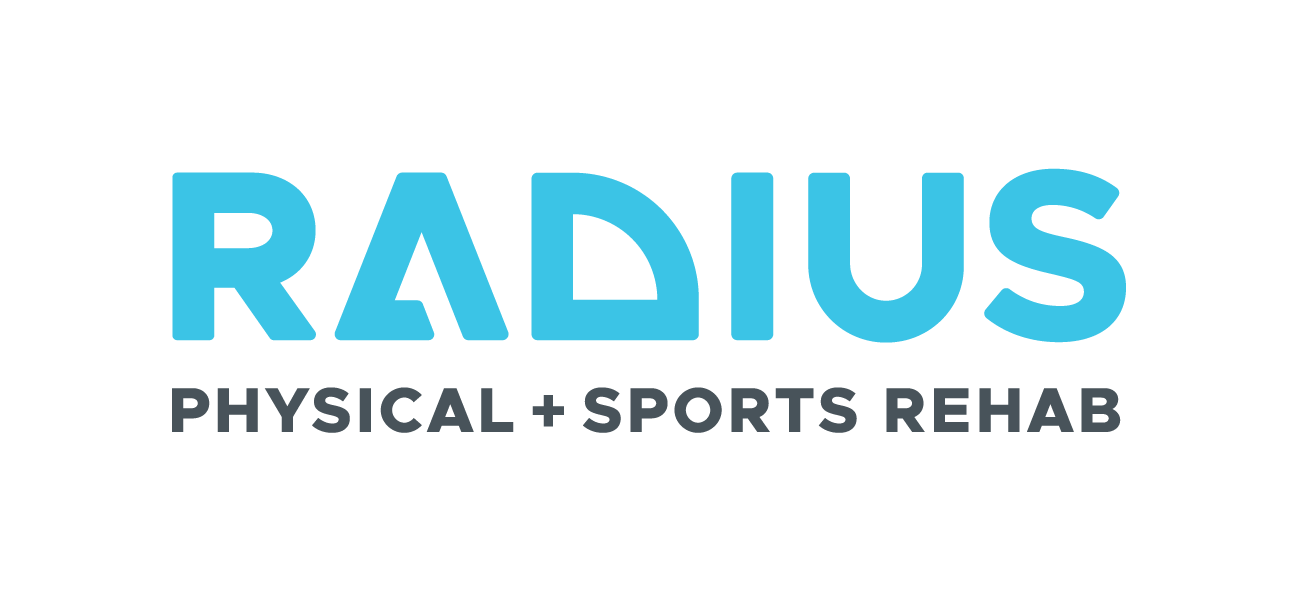Most Common Causes of Musculoskeletal
Pelvic Girdle Pain While Pregnant
What makes up the pelvic girdle?
The pelvic girdle is made up of a group of bones that are fused together; the ilium, ischium, and pubis. Each side of the pelvis is attached to the sacrum, commonly known as the tailbone, which forms two large sacroiliac joints on either side. The front of the pelvis is connected together by a cartilaginous joint called the pubic symphysis. The pelvic girdle is home to several organs that are contained by the “pelvic floor”, a group of muscles that’s purpose is to support the organs and also control important actions such as urination, bowel movements, and sexual function.
Understanding the pelvic girdle during pregnancy is SO important! The uterus has several ligamentous attachments to the pelvis, such as the round ligaments and uterosacral ligament, that help to anchor the uterus as it grows and expands for the baby. The pelvic structure, ligaments, and muscles are influenced by several factors during pregnancy such as weight gain, change in posture and biomechanics, and a hormone called relaxin.
What are the most common causes of pelvic girdle pain while pregnant?
How to manage pelvic girdle pain during pregnancy?
The best way to manage pelvic girdle pain is to seek out treatment from a specialized prenatal chiropractor or pelvic floor physical therapist in your area. Accurate diagnosis, specific manual therapy, and rehab exercises are the most effective for reducing pregnancy-related pains. If that’s not available to you make sure to check out our individual blogs on pubic symphysis pain, sacroiliac joint pain, and round ligament pain for helpful recommendations!
Article authored by Dr. Hannah Flammang, DC. To schedule an appointment with Dr. Hannah Flammang, DC in person or via telehealth click here.
The views expressed in this article intend to induce conversation. This article is not, nor is it intended to be, a substitute for professional medical advice, diagnosis, or treatment, and should never be relied upon for specific medical advice.


